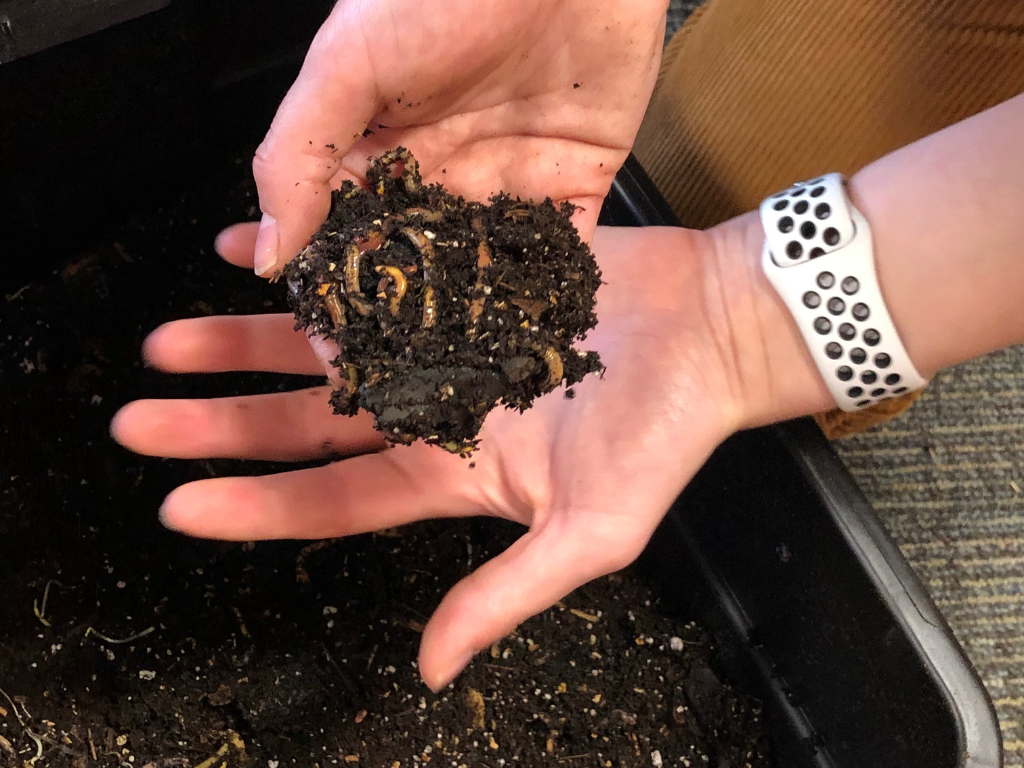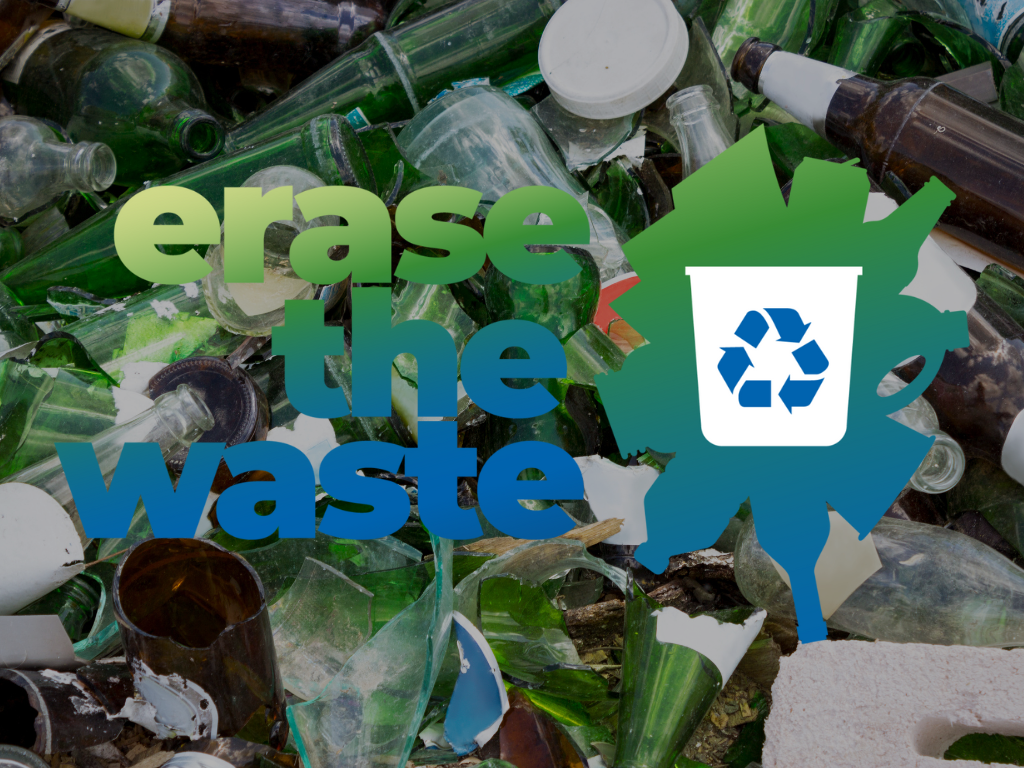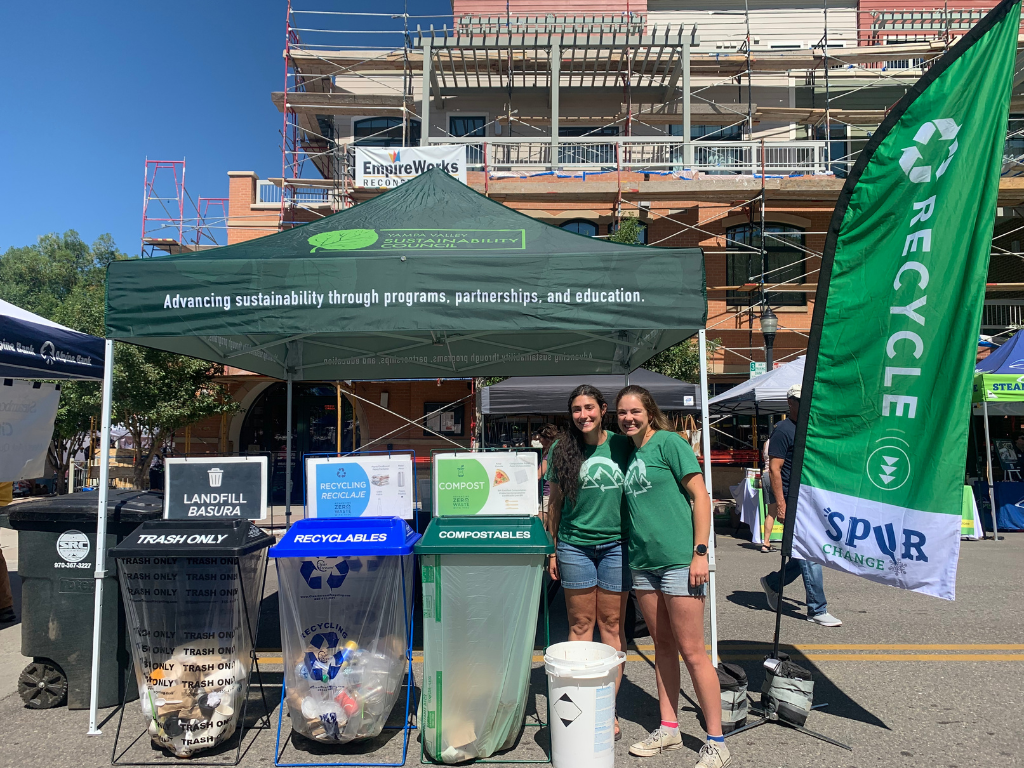MAY 1, 2017 BY
Adapted from Steamboat Today
Recently, 50 families completed YVSC’s Food: Too Good to Waste Challenge. The six-week campaign raised awareness about food waste and helped community members reduce wasted food in their homes.
In the U.S., an average family of four wastes 40 percent of food purchased, which represents about $1,500 per year. Reducing food waste is the simplest action you can take to save money and conserve resources.
The Food Waste Challenge was a huge success. Families tracked their food waste weekly and adopted new strategies to minimize waste, such as freezing leftovers, planning meals and shopping more frequently. For many families, just seeing the amount of food they wasted created a deeper connection with their waste. For all participants, food waste reduction became a higher priority, due mostly to the potential to save money and conserve resources.
At the beginning of the Challenge, leftovers and produce were the most common items wasted each week. Leftovers were pushed to the back of the refrigerator and forgotten about, or the thought of eating previously prepared food was unappealing.
For produce, waste was commonly attributable to too much having been purchased, families going out for dinner more than planned or that the produce was forgotten.
Does this sound familiar?
The challenge brought attention to these normalized habits. To assist in breaking routine, participants learned the EPA’s four strategies for reducing food waste: smart shopping, smart storage, smart prep and smart saving.
By shopping smarter (buying only what is needed based on a meal plan and grocery list) finding produce rotting in the fridge becomes a rarity.
Storing food properly keeps food fresh longer and prevents spoilage. Learning to use fridge space properly and keeping some items out of the fridge extends shelf life, reducing your food waste.
Prepping fresh produce right after shopping will make it easier to prepare a quick and healthy meal later in the week, saving money, effort and time.
Smart saving is eating what you buy and prepare, even if it means leftover pasta for lunch two days in a row.
Many Food Waste Challenge participants became very savvy at using their freezer to keep food fresh and extend its life. Bread, vegetables (except leafy greens), meat and even sauces can all be stored in the freezer until used.
As a result of the challenge, families also got better at planning meals to accommodate busy schedules and making the most of food that had already been prepared.
Participant Mary Nilsson noted, “When I meal plan, I plan two meals that involve only non-perishable ingredients. That way, it’s easy to skip one of those meals if we end up with leftovers to eat first.”
YVSC plans to offer the Food: Too Good to Waste Challenge again during the fall. If you are interested in participating, email cameron@yvsc.org. If you are ready to start reducing your food waste now, visit yvsc.org/waste-diversion/food-waste for a collection of helpful tips, tools, apps, book recommendations and websites.
Start your journey to becoming a food waste warrior today, and save money, resources and time.
Cameron Hawkins is waste diversion director for Yampa Valley Sustainability Council. YVSC is a member of the Northwest CO Food Coalition.






